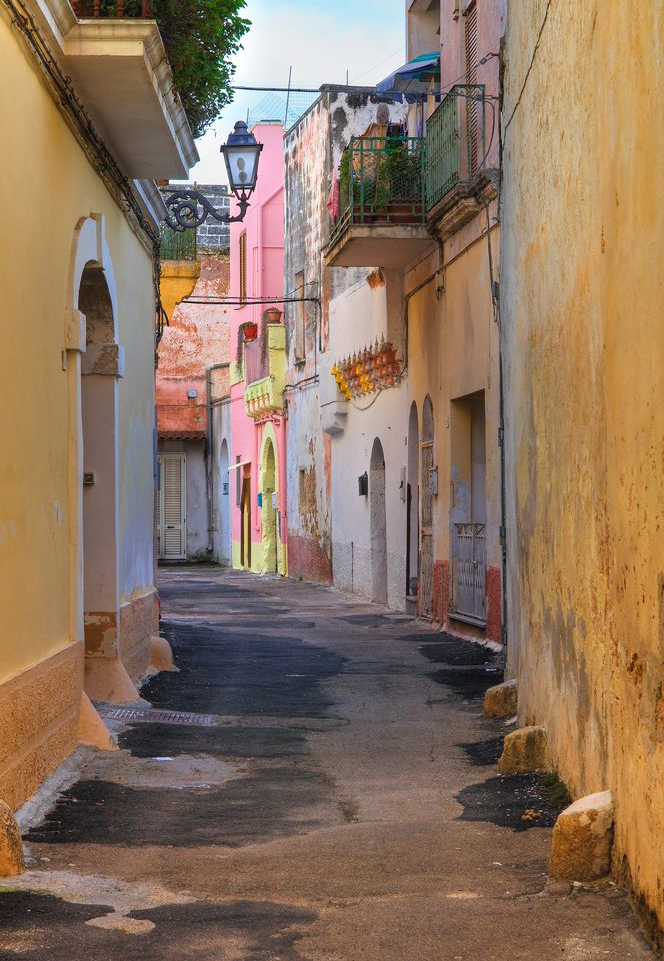Basilica di Santa Maria Assunta
It is dedicated to the Assumption, built around the 9th century and renovated in the thirteenth century. It is declared a national monument in 1890 and co-cathedral in 1986. The style is typically Romanesque and its façade, “a capanna” (an expression meant to indicate that the width is greater than its height), in squared stone ashlars, is a magnificent example signed by the architect Zano, of French origin. There are also Gothic elements on the portals. The asymmetrical aspect is to attribute to the reconstruction after the terrible earthquake of 1930.
The interior, a Latin cross, has three naves divided by columns, probably coming from Roman remains; their origin is varied, in fact each column has a capital of a different age and shape. It has an altar in marble and Trani stone and a seventeenth-century wooden choir. In the right aisle, in a shrine, there is the eighteenth-century devotional statue of Santa Maria di Valleverde, which is added to the thirteenth-century wooden statue kept in the homonymous Sanctuary.
In the co-cathedral there is also the monument to the blessed Antonio Lucci, bishop of Bovino of the XVIII century, beatified by Pope John Paul II. It preserves “The Martyrdom of Saint Sebastian”, a work attributed to Mattia Preti, a disciple of Caravaggio. On the left side of the cathedral and in a more backward position is the Palazzo Ducale.
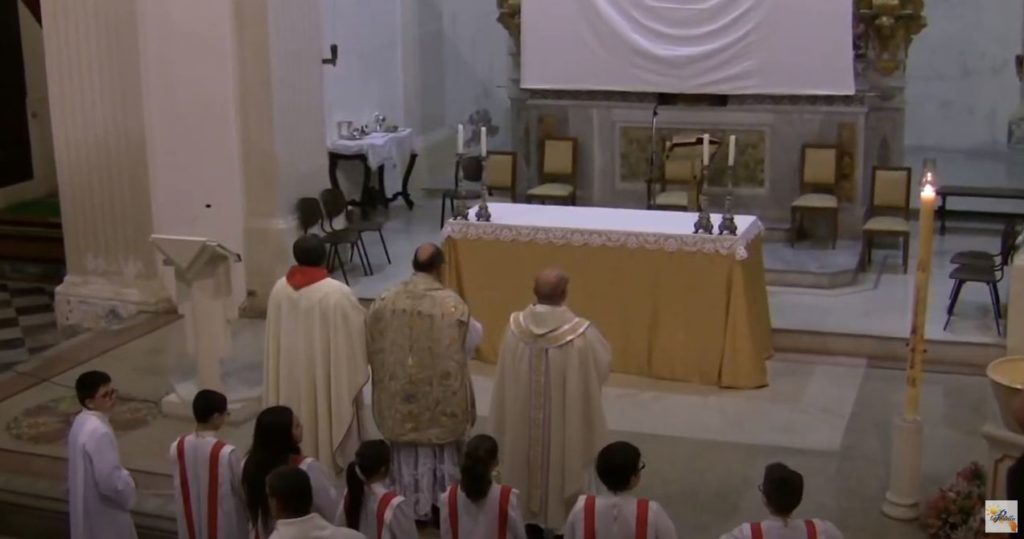
Sparo del panno
On the Holy Saturday a purple cloth, hanging above the altar during the season o[...]
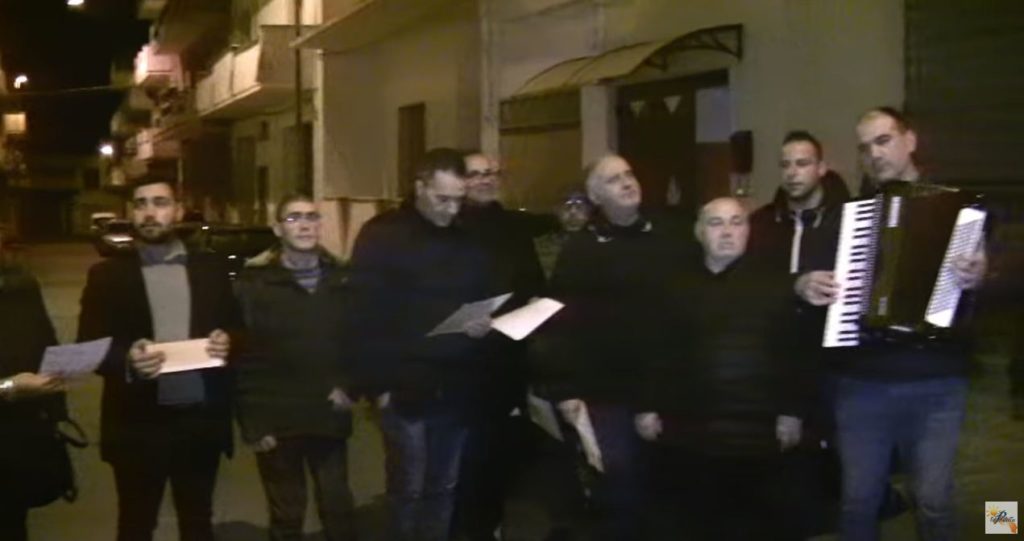
Santu Lazzaru
In ancient times, Easter in Salento was introduced by Christ’s Passion’s Car[...]
Living Nativity Scenes
From 25 December to 6 January: living crib in the historic center. For the occas[...]
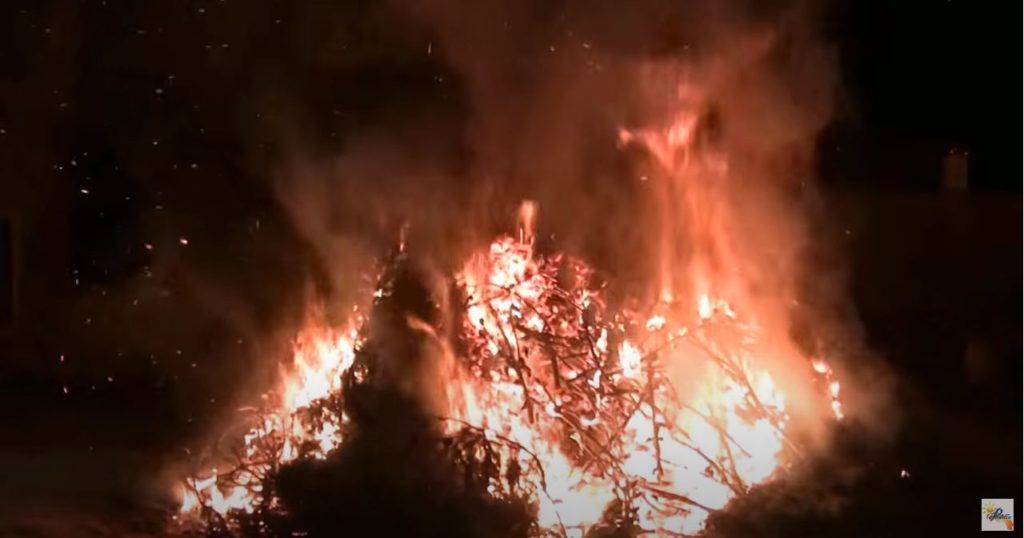
Saint Lucia
In Galatone, the inhabitants start to feel the Christmas spirit from December 12[...]
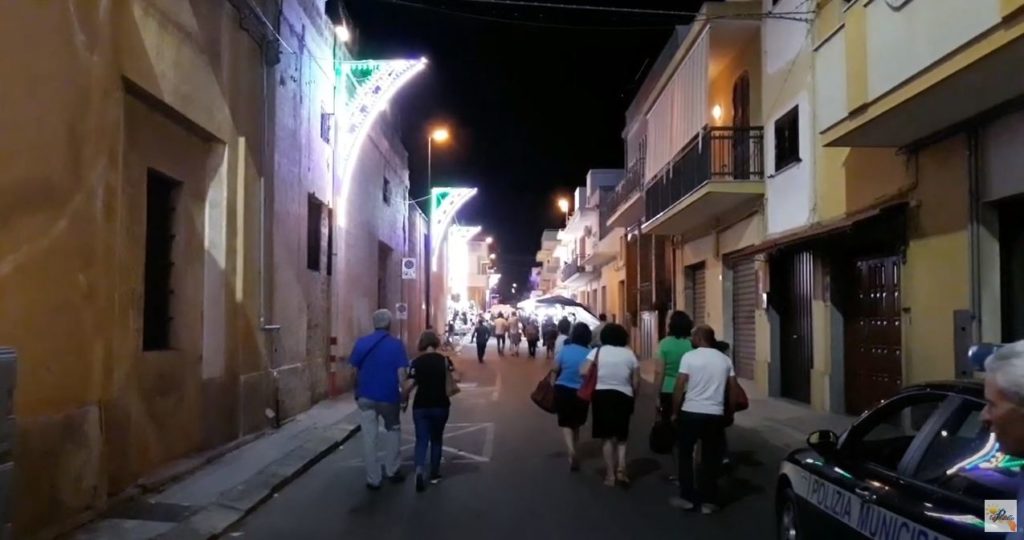
Santissimi Medici
It is held on September 25th and 26th. Religious festival with lights and firewo[...]
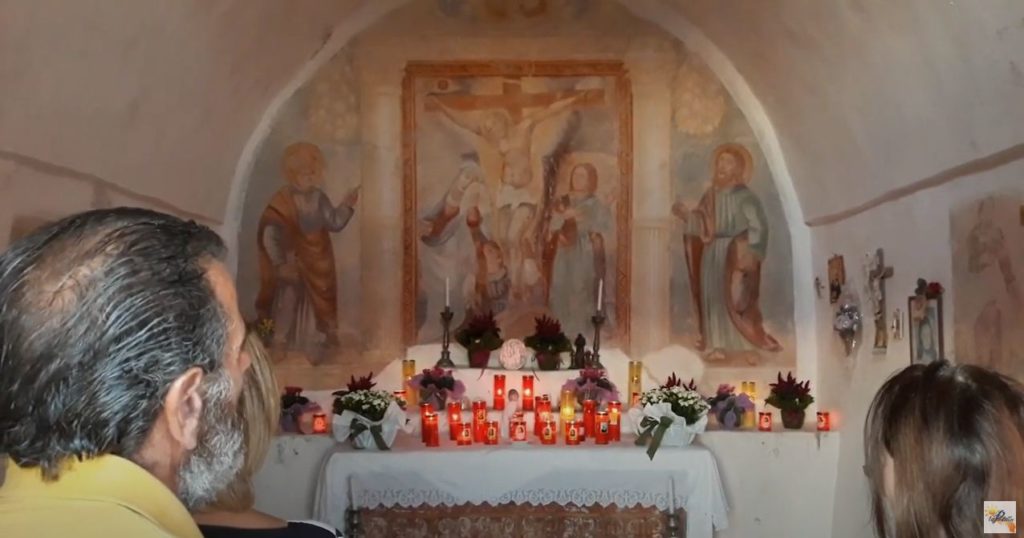
Cristu di Tabelle
September 14th, a religious festival in the ancient farmhouse of Tabelle. For th[...]
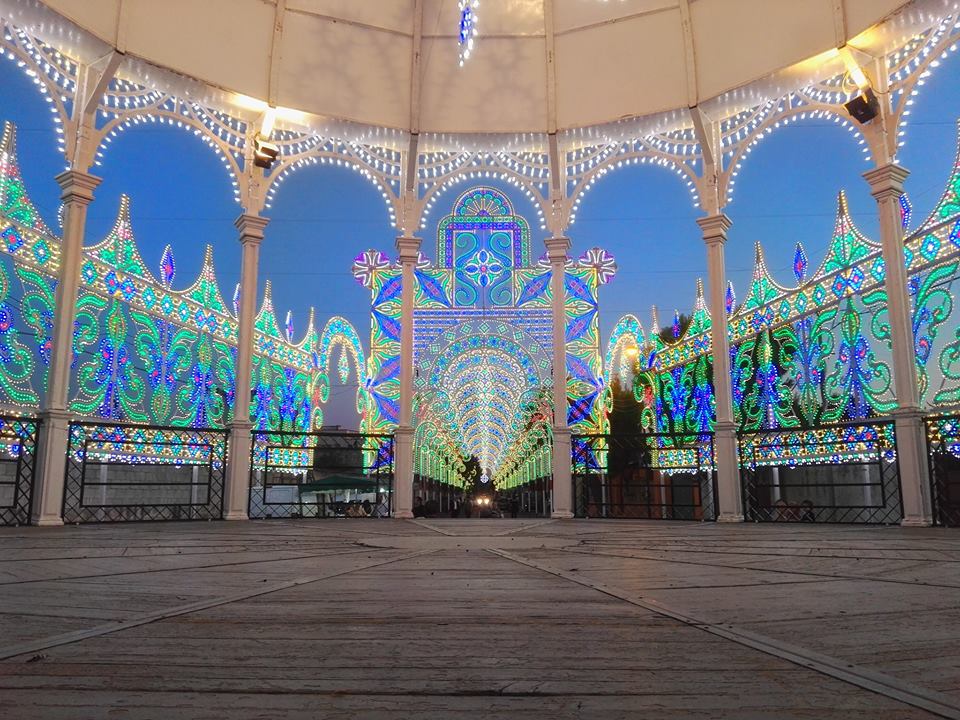
Madonna of Grace
The celebrations in honour of Our Lady of Grace take place since the Eighties of[...]
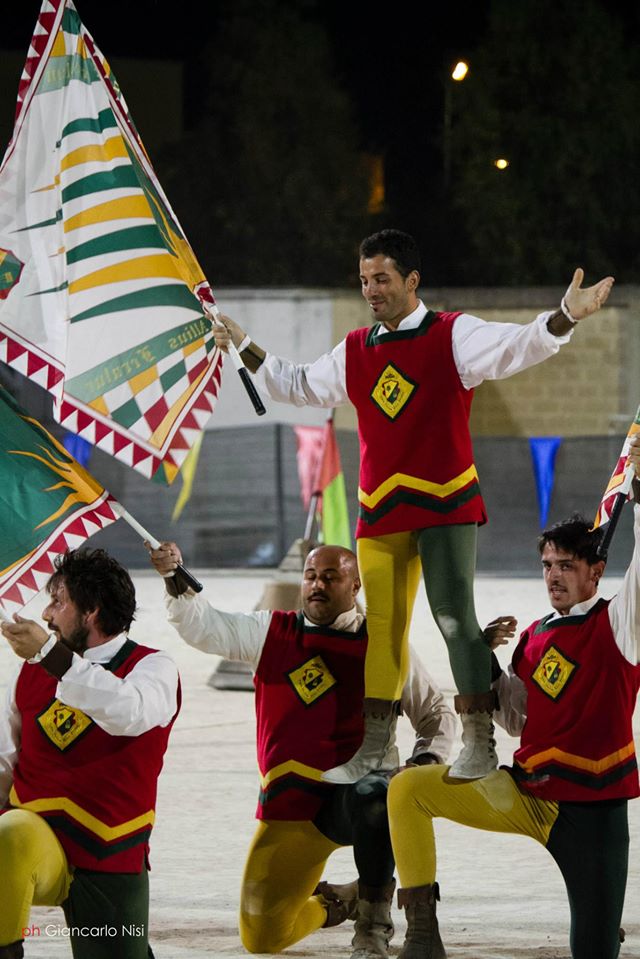
Palio delle contrade
It is held either in the first ten days of August or early September. Event with[...]

Sant’Anna / Galatone in pot
On 26 July, another religious festival with illuminations. For the occasion ther[...]
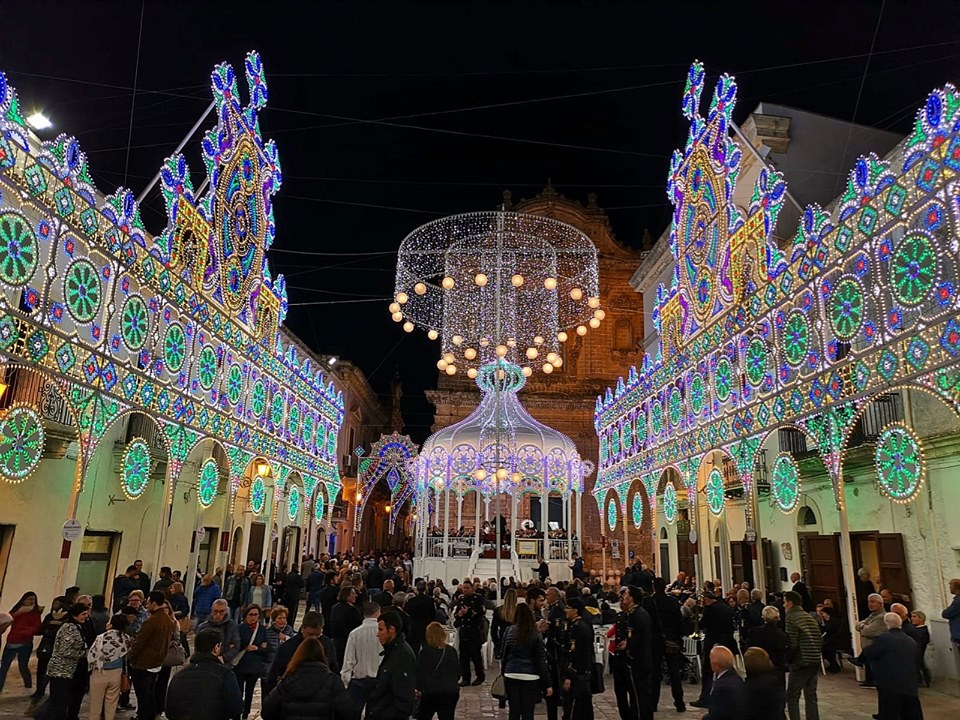
Festa SS. Crocifisso e Carro di Sant’Elena
The feast of Holy Crucifix of the Pietà is celebrated from 2nd to 4th May. The [...]

